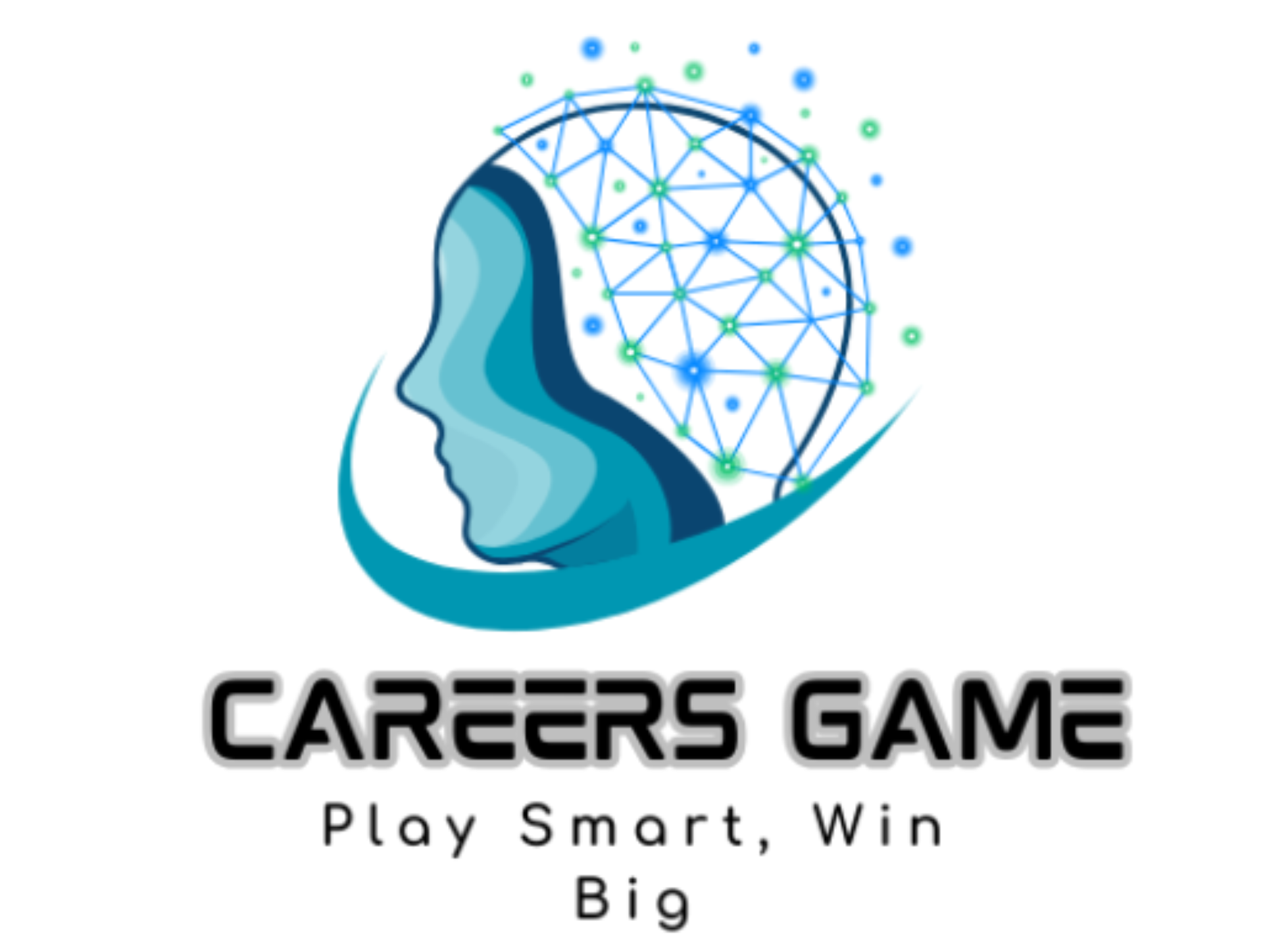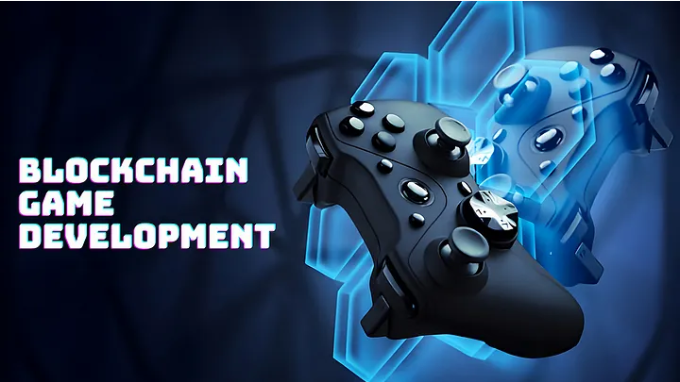Blockchain technology has revolutionized multiple industries, from finance to healthcare. But one area where its potential is becoming increasingly evident is gaming. Blockchain game development is rapidly growing, offering new opportunities for developers and players. By integrating decentralized technology, blockchain games bring enhanced security, true asset ownership, and player-driven economies. This comprehensive guide will explore what blockchain game development entails, its benefits, and the steps involved in creating a blockchain-based game.
What is Blockchain Game Development?
At its core, blockchain game development refers to the process of creating games that leverage blockchain technology. Unlike traditional games where all in-game assets (like skins, weapons, or characters) are controlled by the game company, blockchain games allow players to truly own these assets through tokens. These tokens, often referred to as NFTs (Non-Fungible Tokens), represent unique, tradable in-game items stored on a blockchain.
Blockchain also enables decentralized systems, meaning no single entity controls the game’s assets or economy. Players can trade, sell, or even create new in-game items, fostering a community-driven environment. In blockchain games, players don’t just play—they can actively participate in shaping the game’s economy.
Why Choose Blockchain for Game Development?
The use of blockchain in game development brings numerous advantages over traditional models:
- True Ownership of In-Game Assets: Players have full control over their in-game items. Blockchain’s decentralized nature ensures that once a player owns an item, no one—including the game developer—can take it away.
- Security and Transparency: Blockchain’s security features ensure that transactions and in-game activities are transparent and tamper-proof. This is particularly crucial in preventing fraud, cheating, or hacking in multiplayer games.
- Decentralized Economies: Players can trade, sell, or even lend in-game assets through peer-to-peer transactions. Blockchain facilitates an open market where virtual items have real-world value.
- Interoperability: Blockchain allows assets from one game to be used in another. Imagine a sword from one game being available for use in another compatible game—a feature that could revolutionize cross-game interactions.
- Player-Driven Game Economies: Blockchain enables players to contribute to the game’s ecosystem. Players can earn real-world rewards through gaming activities, staking in-game tokens, or even developing new assets that others can purchase.
With these features, blockchain game development has created an entirely new gaming experience that empowers players and offers opportunities for developers to experiment with unique economic models.
Types of Blockchain Games
Blockchain games can be categorized based on their gameplay and underlying blockchain integration. Understanding these types will give a clearer picture of the scope of blockchain game development.
- Play-to-Earn (P2E) Games: These are perhaps the most popular category of blockchain games. Players earn cryptocurrency or in-game tokens by completing tasks, achieving milestones, or engaging in in-game activities. Games like “Axie Infinity” and “CryptoKitties” exemplify this model.
- Collectible-Based Games: In collectible games, players purchase, trade, and collect unique in-game items, represented as NFTs. These items may range from virtual pets to rare cards. “Sorare,” a fantasy football game, is a prime example of this type of blockchain game.
- Virtual Worlds (Metaverse Games): Blockchain technology powers entire virtual worlds, where players can own land, create buildings, or offer services to others within the game. “Decentraland” and “The Sandbox” are key examples where players not only explore but also build and monetize virtual spaces.
- DeFi Games: Decentralized Finance (DeFi) games incorporate financial concepts into gameplay. Players can earn interest, lend tokens, or participate in staking, often within an interactive environment. DeFi games are especially useful in teaching users about blockchain finance while entertaining them.
Steps in Blockchain Game Development
Now that we understand the types of blockchain games and why developers are increasingly interested in this field, let’s break down the blockchain game development process. Creating a blockchain game follows a multi-stage process, requiring a blend of traditional game development expertise and blockchain integration knowledge.
1. Conceptualizing the Game
The first step in blockchain game development is to brainstorm the game concept. Developers need to define the type of game they want to create, whether it’s a play-to-earn model, a collectible-based game, or something entirely new. At this stage, the development team must also decide on the economic model, determining how blockchain will be integrated and how players will earn or trade in-game assets.
2. Choosing the Right Blockchain
The choice of blockchain is crucial in blockchain game development. Ethereum is the most popular blockchain for gaming due to its widespread adoption and compatibility with NFTs. However, there are other options like Binance Smart Chain, Solana, and Polygon, which offer lower transaction fees and faster processing times.
When selecting a blockchain, developers must also consider scalability, security, and developer support. Ethereum, for instance, is notorious for high gas fees, but Layer-2 solutions like Polygon can mitigate these costs.
3. Creating Smart Contracts
Smart contracts are the backbone of any blockchain game. These are self-executing contracts with the terms of the agreement directly written into code. For blockchain game development, smart contracts are used to manage in-game assets, verify ownership, and process transactions.
For example, if a player wants to trade an in-game NFT for cryptocurrency, a smart contract handles the transfer, ensuring that it’s tamper-proof and transparent. Developers usually create these contracts using Solidity (for Ethereum and other EVM-compatible chains) or other blockchain-specific programming languages.
4. Integrating Blockchain and Game Mechanics
Once the smart contracts are in place, the next step is to integrate blockchain technology into the game itself. This involves connecting the game’s codebase with the blockchain through APIs, wallets, and decentralized exchanges. Developers also need to integrate in-game assets as NFTs, ensuring that they are tradable both within and outside the game.
5. Creating In-Game Economy
One of the defining features of blockchain games is their in-game economies. Developers must carefully design how the game’s economy will function, including the circulation of tokens, pricing of in-game items, and player-driven marketplaces.
The in-game economy needs to be sustainable. For example, in a play-to-earn model, players need to earn rewards without causing inflation or devaluing in-game currency. Blockchain game development teams usually collaborate with economists or tokenomics experts to structure a balanced economy.
6. Testing and Security Audits
Before launching the game, thorough testing is essential. Blockchain games involve real monetary value, so it’s critical to perform security audits to check for vulnerabilities in smart contracts, wallet integrations, and blockchain interactions. Several cases have shown how untested blockchain code can lead to major security breaches, resulting in the loss of players’ funds.
7. Launch and Continuous Development
After passing testing and audits, the blockchain game is ready for launch. Post-launch, blockchain games often require ongoing updates, not just for gameplay but also for smart contract improvements and new features. In the world of blockchain game development, games are typically dynamic and continue to evolve based on player feedback and technological advancements.
The Future of Blockchain Game Development
Blockchain game development is still in its early stages but holds enormous potential. As more developers experiment with decentralized technologies, we can expect a surge in innovative game concepts that go beyond what traditional gaming models allow. There are top gaming concept art studios that are great at developing blockchain games such as Juego Studios.
Blockchain game development will likely see increased adoption as more players recognize the value of true ownership and decentralized economies. With technological advancements in blockchain scalability and developer tools, creating immersive and secure games will become easier for studios of all sizes.
As blockchain game development matures, it may also bring new business models and monetization strategies that benefit both players and developers, further cementing its place in the gaming industry.



